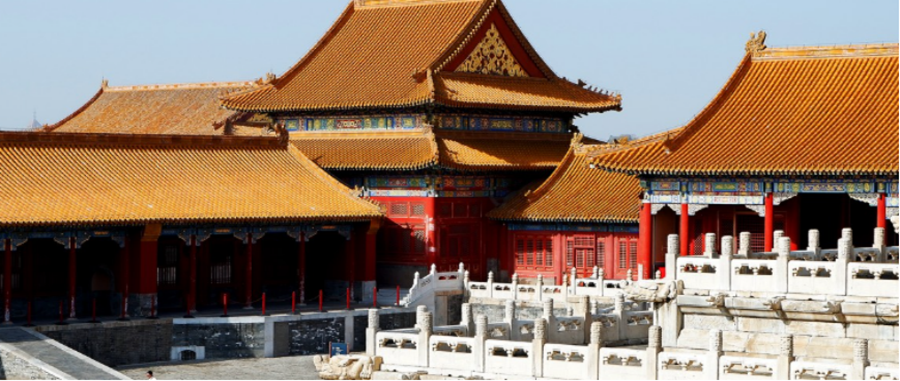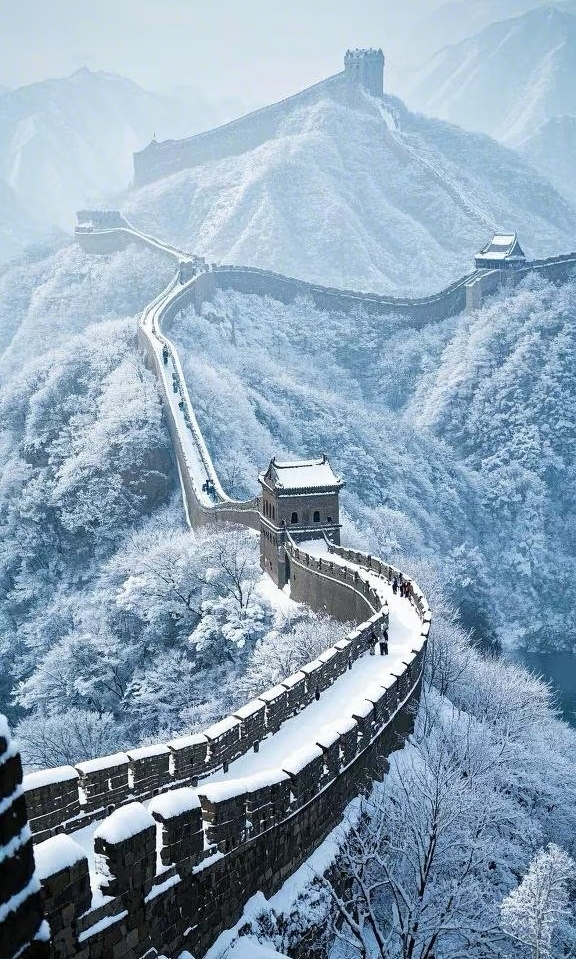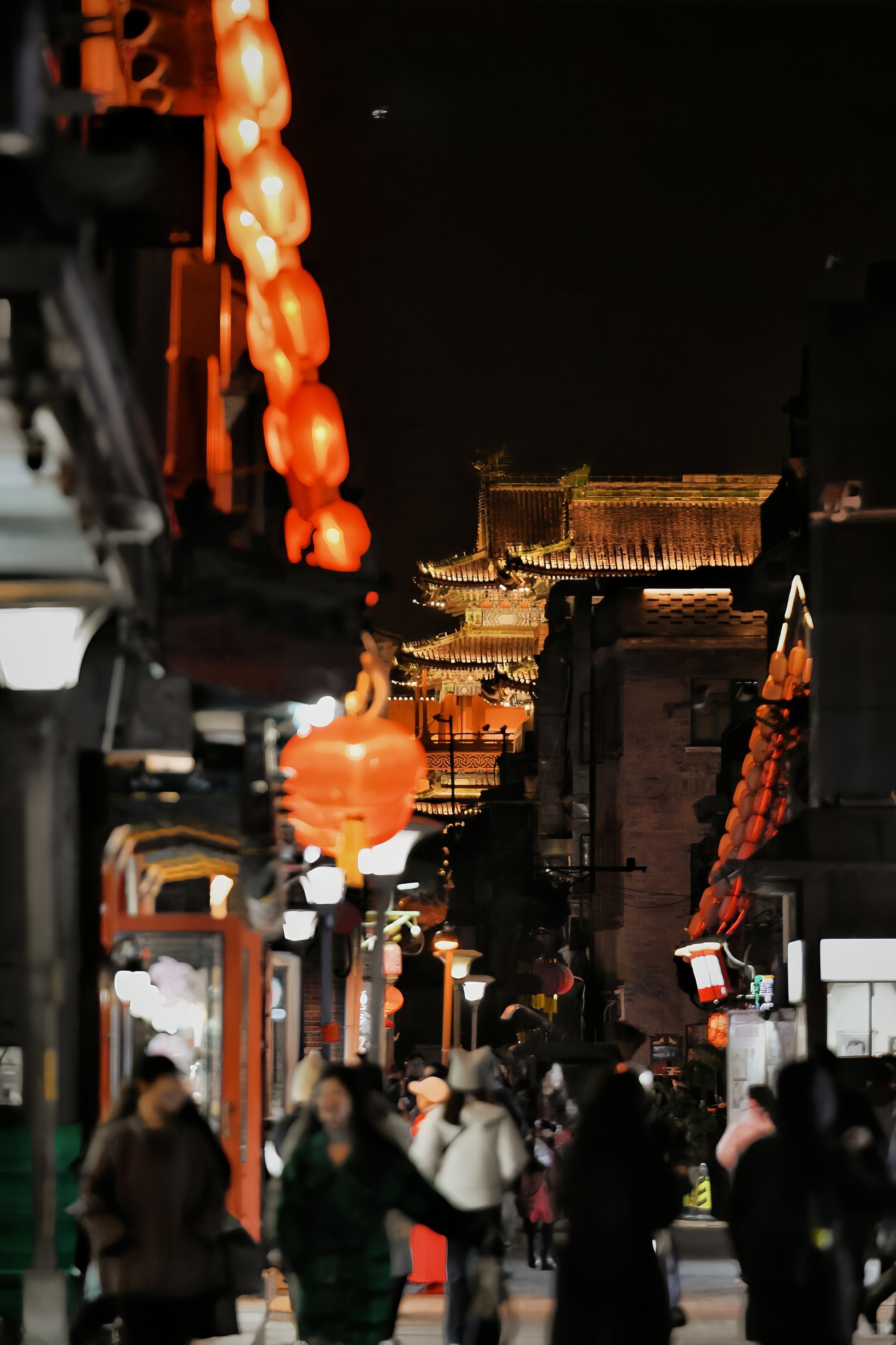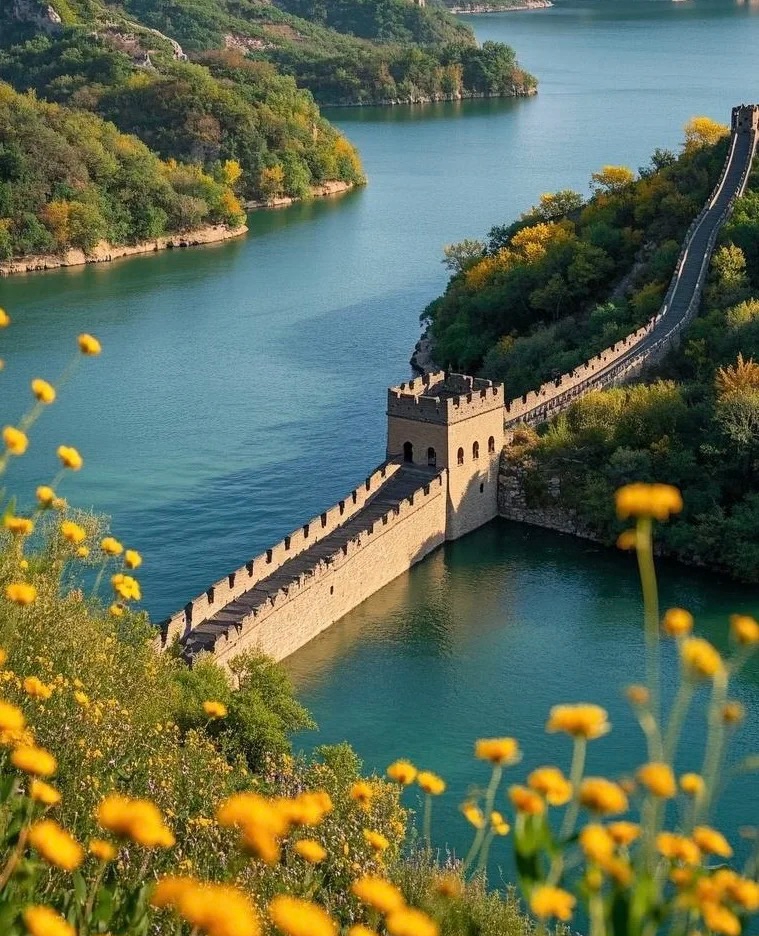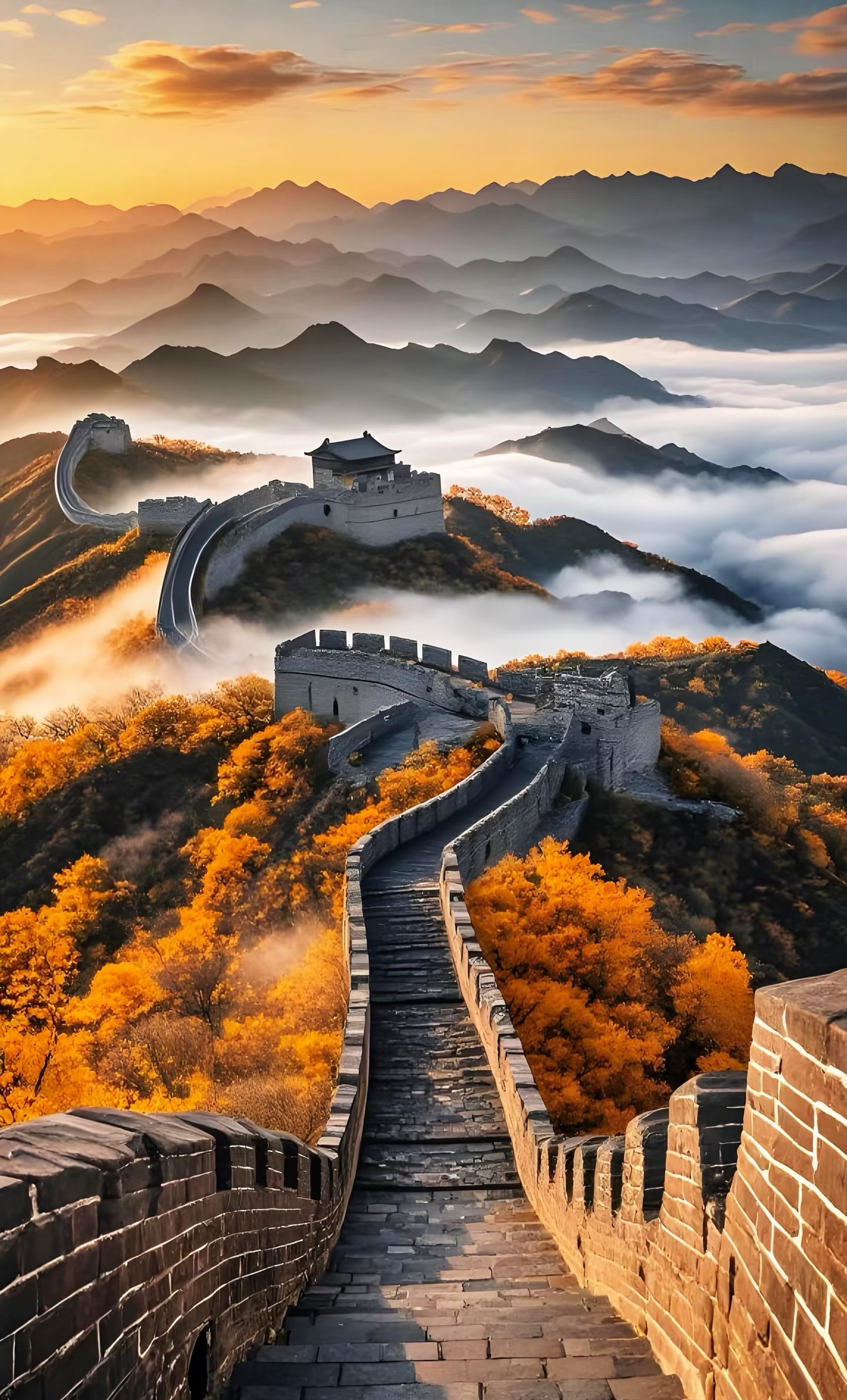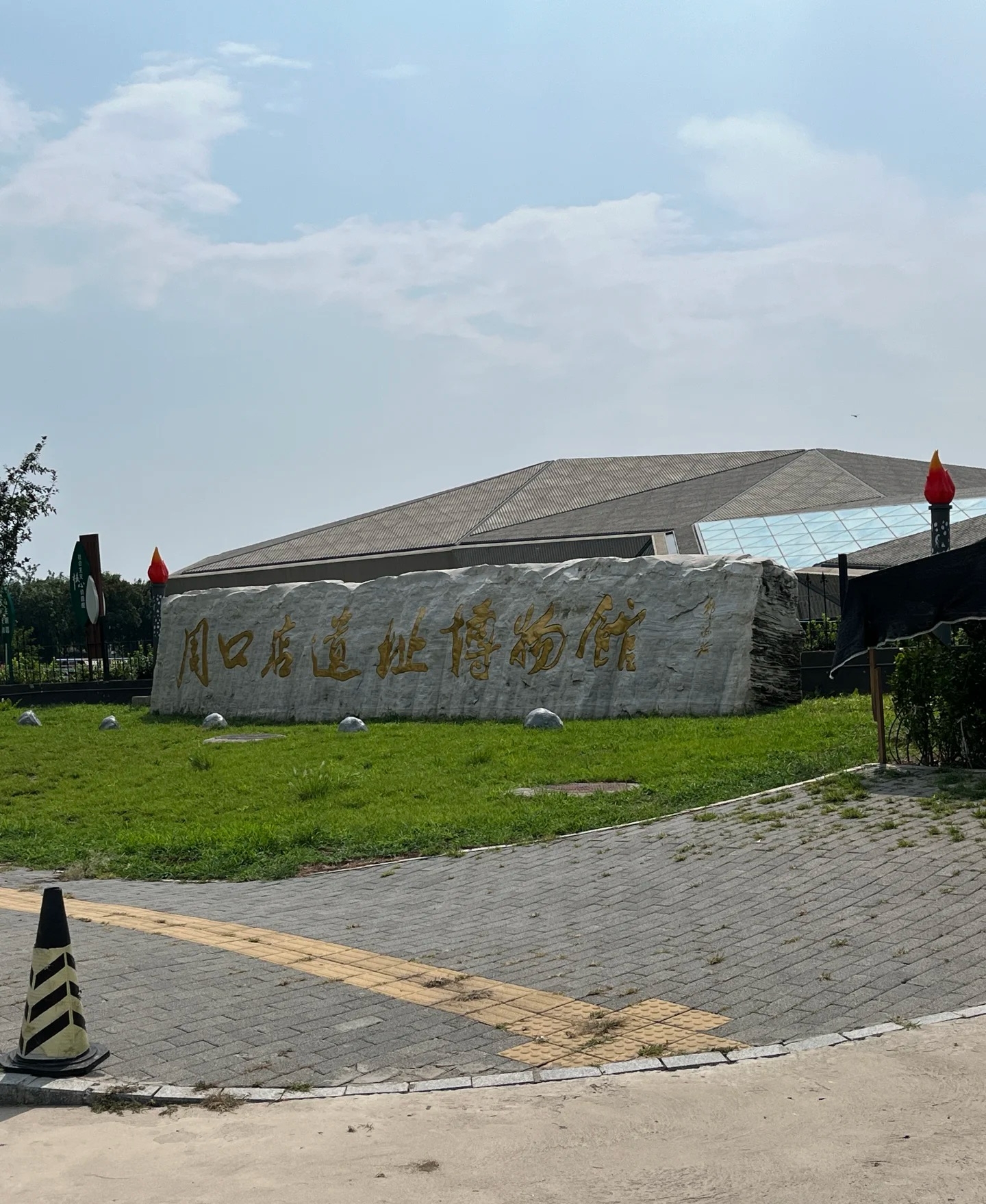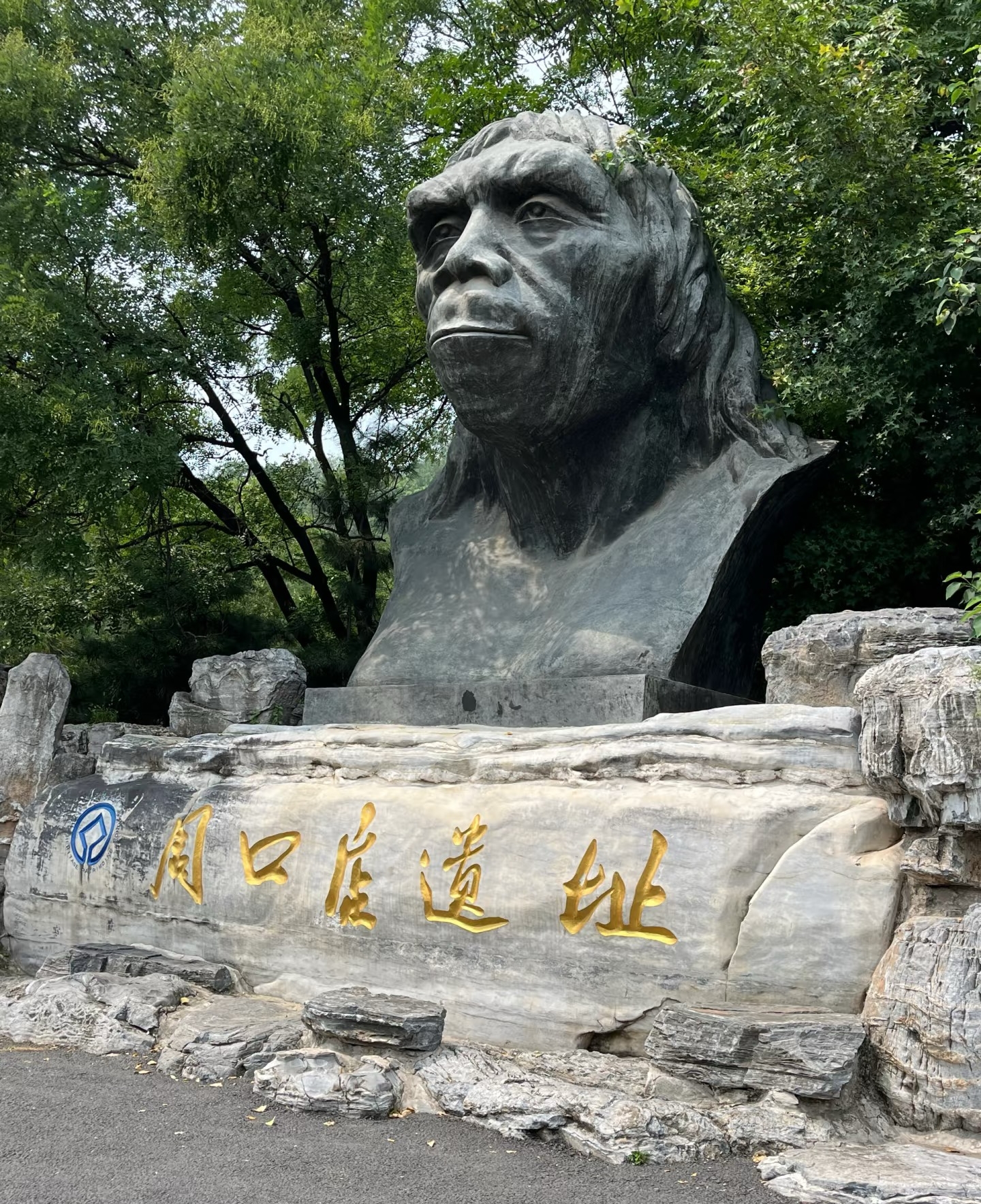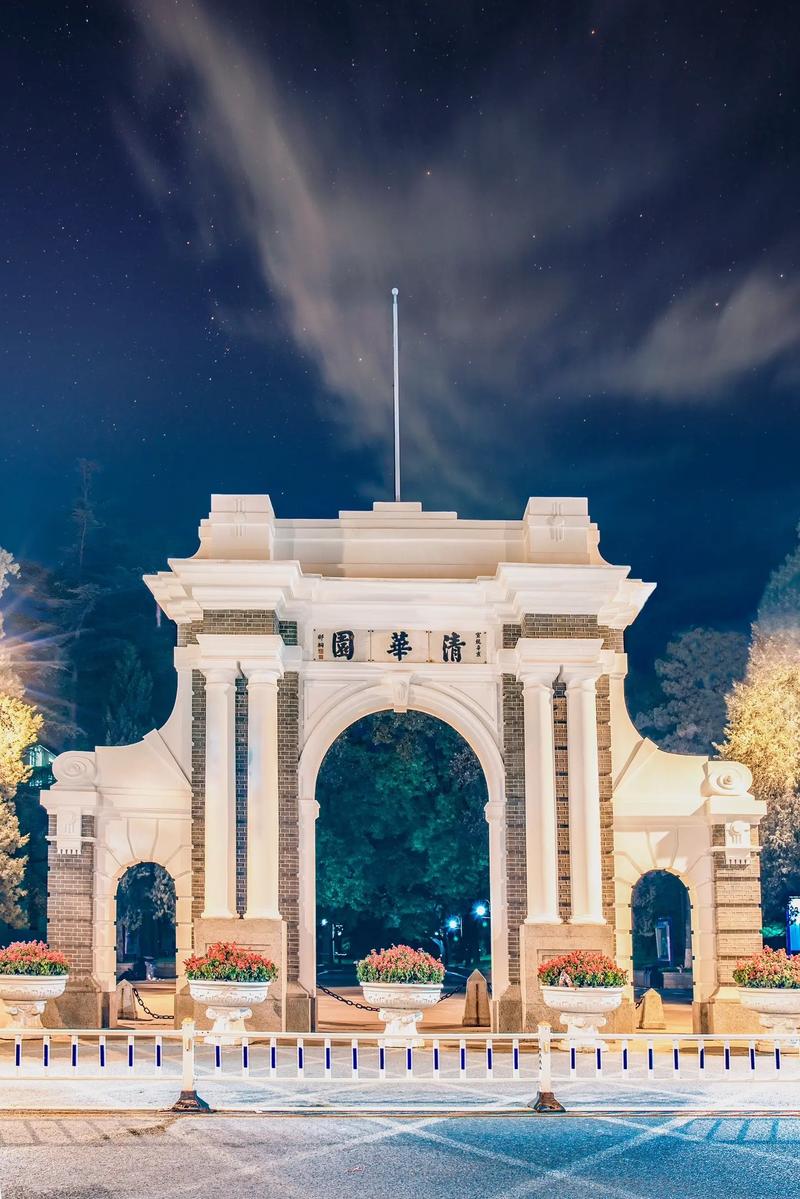

Tsinghua University
Tsinghua University is one of China's most prestigious universities, known for its beautiful campus combining Chinese and Western architectural styles.
Information
Ticket price
Time
Location
30 Shuangqing Rd, Haidian District, Beijing, China
View maps
More about the trip
Tsinghua University: A Prestigious Campus of History and Innovation
Tsinghua University, located in Beijing, is one of China's most prestigious and highly-ranked universities. Renowned for its academic excellence, scientific research, and beautiful campus, it offers a unique blend of traditional Chinese architecture and modern facilities. A visit to Tsinghua provides a glimpse into China's intellectual heart and its commitment to education and innovation.
What to See and Do
Campus Architecture: Explore the diverse architectural styles on campus, which range from traditional Chinese buildings with classical gardens to Western-style academic halls. The iconic Grand Auditorium and the Old Gate (Erxiao Gate) are popular photo spots.
Tsinghua Garden: The university is built on the former site of a Qing Dynasty imperial garden, and remnants of its beauty can still be seen in the tranquil ponds, rockeries, and lush greenery.
Museums and Galleries: The campus houses several museums, including the Tsinghua University Art Museum, which showcases a wide range of Chinese and international art, and the University History Museum, detailing Tsinghua's development.
Academic Atmosphere: Experience the vibrant academic atmosphere by observing students, visiting libraries, and perhaps attending a public lecture or event if available.
Zijing Student Apartment Area: This area is a bustling hub of student life, with cafeterias, shops, and recreational facilities.
Best Time to Visit
Spring and autumn offer the most pleasant weather for strolling around the campus. Weekdays are ideal for experiencing the academic atmosphere, though some areas might be restricted during exam periods or special events. Summer can be hot, but the campus is still beautiful.
How to Get There
Tsinghua University is located in the Haidian District. Take Metro Line 13 to Wudaokou Station (五道口站) or Metro Line 4 to East Gate of Peking University Station (北京大学东门站). From there, you can walk or take a short bus/taxi ride to the university gates.
Travel Tips
Entry restrictions: During peak times, holidays, or special events, access to the campus might be restricted, and visitors may need to register in advance or show ID. Check the university's official website for the latest visitor policies.
Wear comfortable shoes: The campus is large, so be prepared for a lot of walking.
Respect the academic environment: Be mindful of students and faculty, especially during class times.

